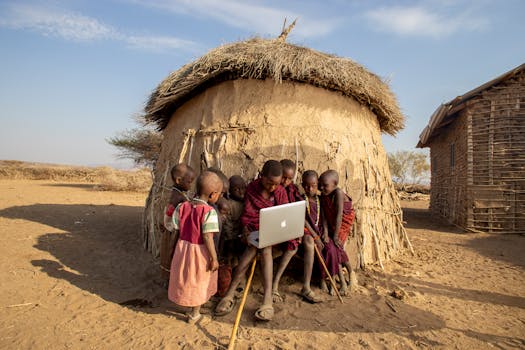
The Future of Work: Trends to Watch in 2025
The Future of Work is a topic that has been gaining significant attention in recent years, and for good reason. The way we work is changing rapidly, driven by advances in technology, shifting workforce demographics, and evolving employee expectations. As we look to the future, it’s essential to stay ahead of the curve and understand the trends that will shape the world of work in 2025. In this article, we’ll explore the top trends to watch in 2025, from the rise of remote work to the increasing importance of artificial intelligence.
Section 1: Introduction to the Future of Work
The future of work is a complex and multifaceted topic, influenced by a wide range of factors, including technological innovation, demographic changes, and shifting societal values. As we move forward in 2025, it’s essential to understand the key drivers of change and how they will impact the world of work. Some of the most significant trends shaping the future of work include:
- Remote work and virtual teams
- Artificial intelligence and automation
- Employee well-being and mental health
- Diversity, equity, and inclusion
- Lifelong learning and skill development
Section 2: Remote Work and Virtual Teams
Remote work is no longer a novelty, but a necessity for many organizations. With the advancement of technology, it’s easier than ever for teams to collaborate and work together remotely. In 2025, we can expect to see even more organizations adopting remote work arrangements, driven by benefits such as increased flexibility, reduced costs, and improved work-life balance. However, remote work also presents challenges, such as maintaining communication, building trust, and ensuring productivity.
To overcome these challenges, organizations will need to invest in the right tools and technologies, such as video conferencing software, collaboration platforms, and project management tools. They will also need to develop strategies for building and maintaining a strong company culture, despite the physical distance between team members.
Section 3: Artificial Intelligence and Automation
Artificial intelligence (AI) and automation are transforming the way we work, enabling organizations to streamline processes, improve efficiency, and reduce costs. In 2025, we can expect to see even more widespread adoption of AI and automation technologies, from chatbots and virtual assistants to machine learning algorithms and predictive analytics.
However, the increasing use of AI and automation also raises important questions about the future of work, such as the potential for job displacement and the need for workers to develop new skills. To mitigate these risks, organizations will need to invest in retraining and upskilling programs, as well as strategies for augmenting human capabilities with AI and automation.
Section 4: Employee Well-being and Mental Health
Employee well-being and mental health are increasingly important considerations for organizations, as research has shown that happy and healthy employees are more productive, engaged, and loyal. In 2025, we can expect to see even more organizations prioritizing employee well-being, driven by benefits such as improved job satisfaction, reduced turnover, and enhanced reputational brand.
To support employee well-being, organizations will need to develop strategies for promoting mental health, such as providing access to counseling services, encouraging work-life balance, and fostering a positive and inclusive work culture. They will also need to invest in technologies and tools that support employee well-being, such as mental health apps, wellness platforms, and employee recognition programs.
Section 5: Conclusion
The future of work is a complex and rapidly evolving topic, driven by a wide range of technological, demographic, and societal factors. As we look to 2025, it’s essential to stay ahead of the curve and understand the trends that will shape the world of work. By prioritizing remote work, artificial intelligence, employee well-being, and diversity, equity, and inclusion, organizations can position themselves for success and create a better future for their employees and stakeholders.






